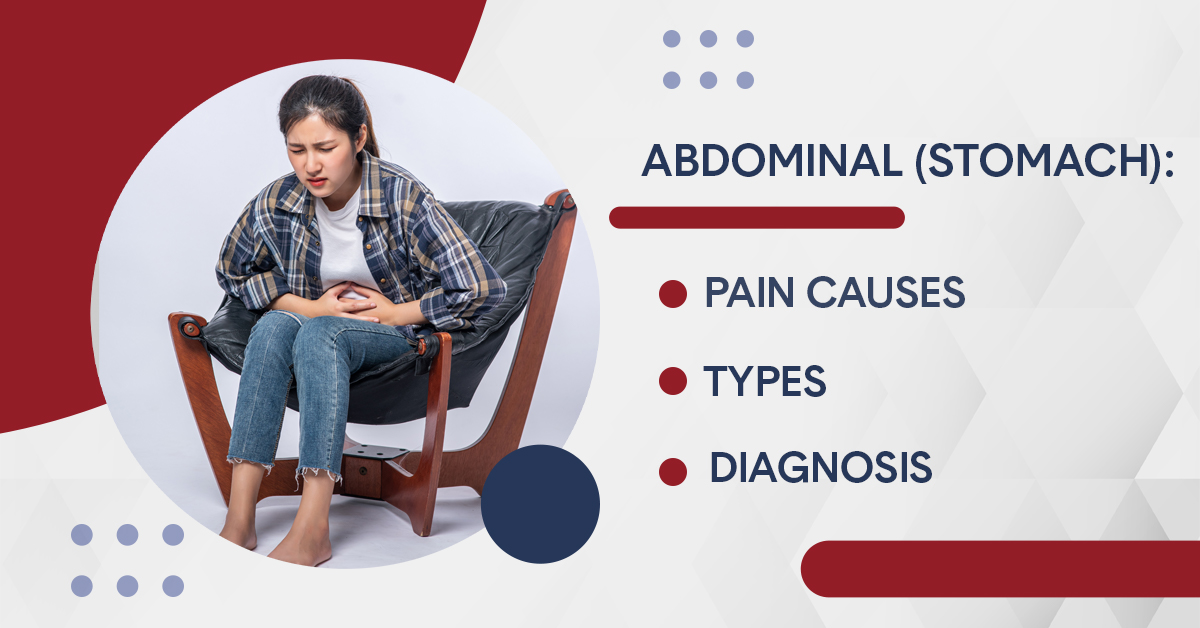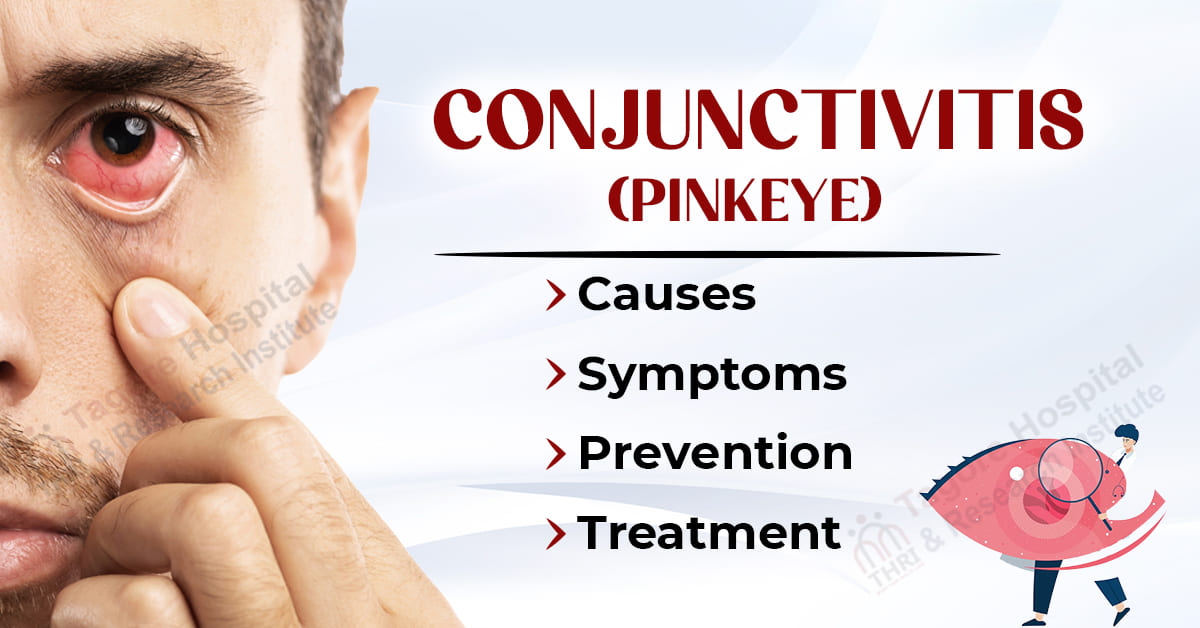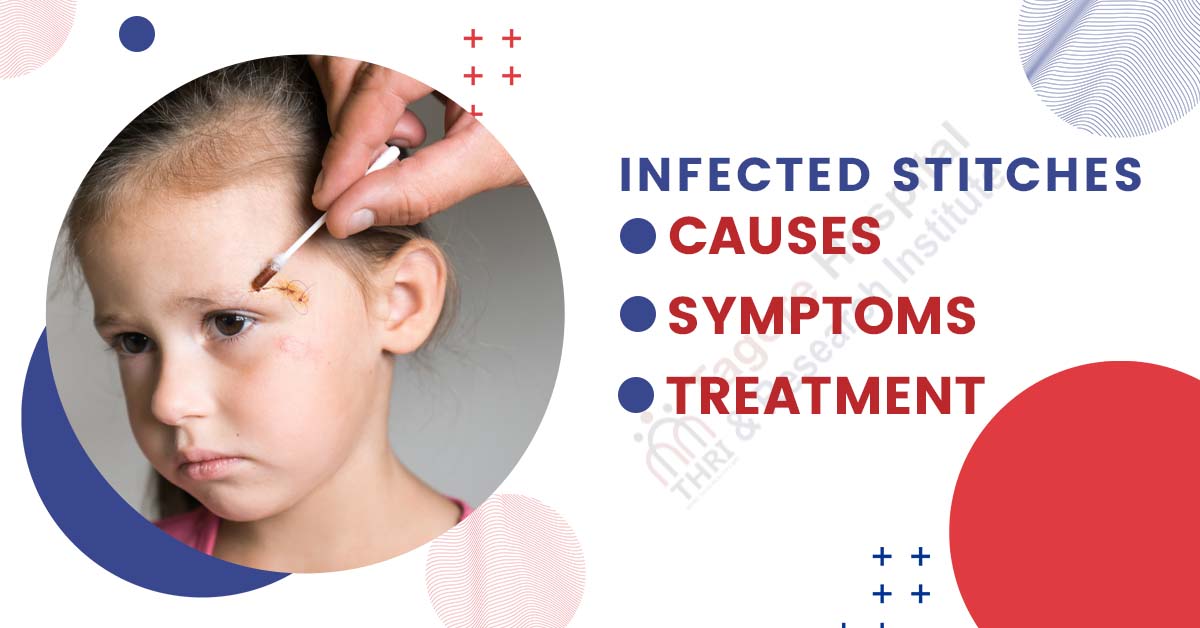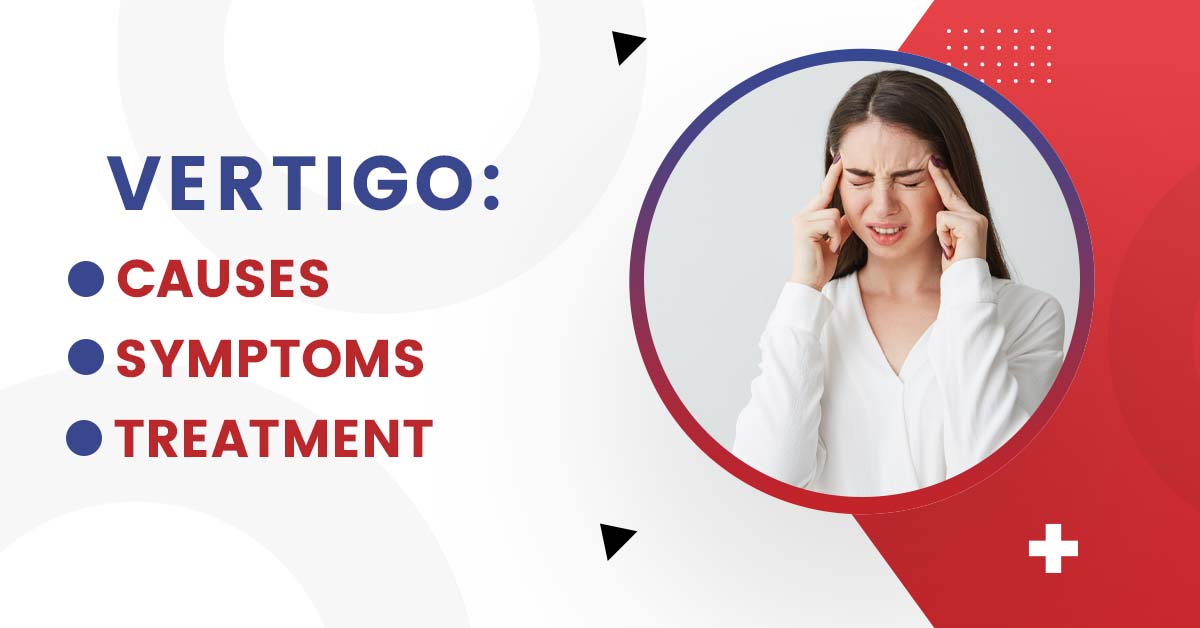- By THRI Admin
- Posted June 15, 2022
What is Abdominal Pain?
Abdominal discomfort can occur anywhere on your body between the chest and the groin. The discomfort could be broad, regional, or feel like stomach cramps. Gas, bloating, or constipation are all possible causes of stomach cramps and discomfort. Abdominal pain can be a hint of the other problem that can be severe.
The pain in the abdomen is colicky and comes and goes. You may feel good one minute and then have a sharp, abrupt ache in your belly the next. This type of pain is frequently caused by kidney stones or gallstones.
Types of Abdominal Pain
Because your abdomen houses so many organs, your doctor may want to narrow down the type of pain you're experiencing by focusing on the area where you're experiencing it. The abdomen is frequently divided into quadrants or four divisions by healthcare experts. They might inquire about your pain in the following areas:
- Right upper quadrant.
- Left upper quadrant.
- Right lower quadrant.
- Left lower quadrant.
- Based on the Intensity and location of pain abdominal pain can be subdivided into:
- Generalized pain - This suggests you're experiencing it in more than half of your stomach. This type of discomfort is more likely to be caused by a stomach illness, indigestion, or gas. A blockage of the intestines could be the cause of the pain if it develops more severely.
- Localized pain - This is an ache that exclusively affects one part of your stomach. It's more likely to indicate an issue with an organ like the appendix, gallbladder, or stomach.
- Cramp-like pain - The majority of the time, this type of pain is not serious. It's usually caused by gas and bloating, and it's usually followed by diarrhea. An increase in pain, pain lasting longer than 24 hours, or a fever is more concerning symptoms.
- Colicky pain - This kind of discomfort comes in waves. It frequently begins and ends abruptly, and it is frequently severe. This form of stomach pain is frequently caused by kidney stones and gallstones.
What Causes Abdominal Pain?
Various digestive tract problems arise due to the following factors:
- Appendicitis: Early indicators of appendicitis may appear in the centre of the abdomen, but lower right abdominal pain and fever are the telltale signs. Because an inflamed and diseased appendix can rupture and spread infection, appendicitis is frequently a medical emergency.
- Bowel blockage or obstruction: A bowel blockage is characterized by stomach pain, spasms, swelling, constipation, vomiting, bloating, and nausea, and if not treated promptly, can result in intestine tearing and infection.
- Celiac disease: Bloating and soreness in the abdomen, diarrhea, weight loss, and exhaustion are all possible side effects. Celiac disease is a chronic, immune-mediated disease that causes your body to overreact to gluten and damages the lining of your small intestine. While there is no treatment, eliminating gluten from your diet is essential.
- Colitis: An infection or inflammation of the colon in any portion of the body. Because ulcerative colitis (UC), a kind of inflammatory bowel syndrome, is a chronic, lifelong disorder, colitis is less severe. Antibiotics can help with bacterial colitis, whereas viral colitis usually goes away on its own.
- Colorectal cancer: Abdominal pain can be caused by a variety of things. Fatigue, blood in the stool, a change in bowel habits, bloating, and gas are all possible symptoms.
- Constipation: A relatively common condition in which you may not have as frequent bowel movements as you should or find it difficult to pass feces. Home remedies for mild constipation include drinking prune juice, drinking plenty of water, and using a stool softener.
- Diverticulitis: Diverticulitis stomach discomfort is typically felt in the lower left side and can be severe, with fever, chills, nausea, and potentially bloody stool. If you notice symptoms of diverticulitis, see a doctor right away since it can lead to an abscess or a perforation.
- Food intolerances or allergies: Food allergies are an immunological reaction that can induce symptoms all over the body; food intolerance symptoms, on the other hand, are usually localized and limited to the digestive tract. Allergy testing and elimination diets can help narrow down the reason for belly pain and other symptoms, such as asthma.
- Food poisoning: Abdominal pain or cramps (which can be severe), diarrhea, and vomiting are all common indications and symptoms of food poisoning, as are fever, weakness, and skin complaints. The majority of instances are minor and do not necessitate medical attention beyond limiting dehydration. Severe bacterial food poisoning, such as E. coli, necessitates the use of antibiotics.
- Gallstones: Gallstone pain in the upper right abdomen, especially after eating, is a classic symptom of gallstones. Gallstones can be dissolved with medication, but the most common treatment is gallbladder removal.
- Gas: As food is broken down, your stomach and intestines release gas (flatus). Some people make more gas than others, and some meals produce more gas than others. Pain, bloating, stomach noise, burping, and passing gas are all signs of gas (flatulence). Gas is common, but if it bothers you, over-the-counter antacids or Beano, which helps break down the carbohydrates that cause gas, can help. An elimination diet can aid in the identification of problematic foods.
- Gastritis and viral gastroenteritis (stomach flu): Gastritis is a condition in which the stomach lining becomes inflamed, resulting in pain in the upper and lower abdomen, as well as nausea and vomiting. Depending on the underlying reason, gastritis may resolve on its own. Stomach flu normally lasts 24 to 48 hours, while non-infectious gastritis can take up to a week to clear up. The stomach flu has no specific therapy. To avoid dehydration, drink watered-down sports drinks (no caffeine), broth, or an oral rehydration solution. For a day, don't consume anything to assist your stomach settle.
- Indigestion: Abdominal pain and a burning sensation, heartburn, fullness, and belching are all symptoms. Indigestion symptoms may be felt more in the upper abdomen than in the lower. Antacids and dietary modifications are among the indigestion home treatments that overlap with those for gas. For regular or chronic indigestion, heartburn, and GERD, acid reducers may be required (gastroesophageal reflux disease).
- Inflammatory bowel disease (IBD) (also known as Crohn's disease or ulcerative colitis) is a chronic disease that causes abdominal discomfort, nausea, loss of appetite, diarrhea, and weight loss. Symptoms may appear and disappear. Prescription medications can help to relieve symptoms and prevent flare-ups.
- Irritable bowel syndrome (IBS) is characterized by stomach pain, bloating, cramps, constipation, and diarrhea. IBS is a common ailment that can be treated with medication and dietary changes.
When to SEE Doctor for Abdominal Pain?
These are the following symptoms when you should seek medical attention as soon as possible.
- Are currently being treated for cancer
- When you are vomiting as well as unable to pass stool, you feel bloaty.
- When you are passing blood vomits and blood in the stool.
- Have chest, neck, or shoulder pain
- Have sudden, sharp abdominal pain
- When you have pain in between your shoulders and also hitting the condition of nausea.
- Have tenderness in your stomach or a tight, hard-to-touch stomach?
- Are pregnant or could be pregnant
- Had a recent injury to your abdomen
- Have difficulty breathing
Call your doctor if you have:
- If your abdominal pain is continuing for 1 week or longer.
- If your condition is not improving in 24 to 36 hours and you still feeling nausea and vomiting.
- If you are feeling bloaty for more than 2 days.
- While urination you feel irritation and burning sensations.
- Diarrhea for more than 5 days
- Prolonged poor appetite
- Prolonged vaginal bleeding
- Unexplained weight loss
Diagnosis of Abdominal Pain
Your doctor will do a comprehensive physical examination because there are so many probable causes. You would be asked about your condition and the symptoms you are going through, which can lead to the actual cause of the discomfort.
These are the set of questions a doctor might ask you to diagnose.
The pain is widespread or localized to one area of your abdomen?
When does it get painful? Always? Is it more likely to happen in the morning than at night?
How long does the pain last each time if the pain comes and goes?
After eating certain foods or drinking alcohol, does it hurt?
Are you in pain during menstruation?
How long have you been hurting?
Is the discomfort in your lower back, shoulder, groin, or buttocks getting worse?
Do you take any medications or herbal supplements?
Are you pregnant?
Do you have any suggestions for relieving the discomfort, such as eating or lying on one side?
Is the pain aggravated by certain activities or positions?
Were you injured recently?
Treatments for Abdominal Pain
Gas, indigestion (dyspepsia), constipation, and upset stomach are causes of gastrointestinal abdominal pain that tend to resolve within a few hours, even without a medical prescription.
You can get help choosing the right medicine from your doctor or pharmacist. OTC options that will help in instant relief include:
- Antacids and acid reducers
- Antigas products like Maalox
- Anti-nausea medicine
- Stool softeners for constipation
In addition to food poisoning, gastroenteritis, and peptic ulcers, other gastrointestinal conditions can also resolve after the stomach or intestinal lining has been given time to heal. Medical treatments may include:
- Antibiotics for bacterial causes
- Acid reducers and acid blockers
- Pepto-Bismol
- Electrolytes to prevent dehydration.
Other forms of stomach discomfort have different treatment choices depending on the cause. Chronic illnesses like inflammatory bowel syndrome will almost certainly require a combination of drugs, lifestyle adjustments, and, at some time, surgery. Acute disorders including bowel obstruction, appendicitis, or gallstones may necessitate hospitalization and, in some cases, surgery to repair or remove damaged tissue.
Prevention for Abdominal Pain
Eat plenty of fruit and vegetables
- Every day, we should have at least five pieces of a variety of fruits and vegetables. Your chances of acquiring heart disease, stroke, or bowel cancer are reduced if you consume a lot of fruits and vegetables.
- Furthermore, fruits and vegetables are high in fiber, which helps to maintain your bowels in good shape. Constipation and diverticular illness are less likely to develop as a result.
- They're high in vitamins and minerals, both of which are necessary for optimum health.
- Are naturally low in fat.
- Are filling but are low in calories.
Eat plenty of roughage (fiber)
- Fiber is the part of food that is not digested. It is filling but has few calories. It encourages regular bowel movements, which minimizes constipation and other bowel issues. Fiber may also help to lower your cholesterol level.
- Starchy foods and fruit and vegetables contain the most fiber. So the tips above on starchy foods and fruit and vegetables will also increase fiber. If you switch to wholemeal rice and pasta and wholemeal bread, this can significantly increase your fiber intake.
- Have plenty to drink when you eat a high-fibre diet (at least 6-8 cups of fluid a day).
Lifestyle adjustment can play a vital role in preventing abdominal pain from reoccurring. Following changes can be very helpful.
- Eat smaller portions at more frequent meals
- Eat slowly
- Chew your food well
- Drink beverages at room temperature
- Gas-producing and indigestion-causing foods should be avoided.
- Manage your stress
- Limit alcohol and caffeine
- Sit up straight after you eat
- Keep yourself fit with exercise and a good distance walk.
Tags





